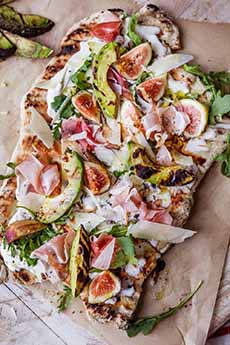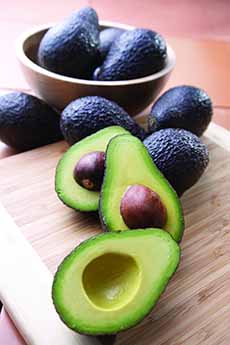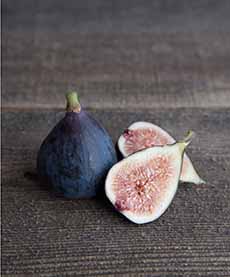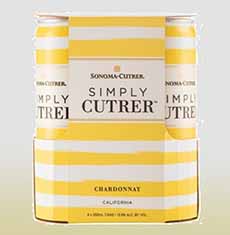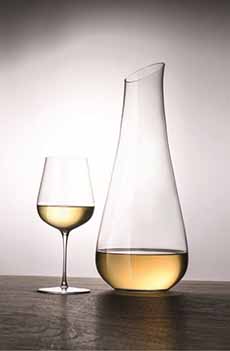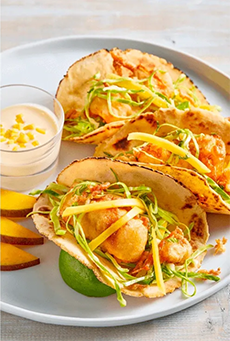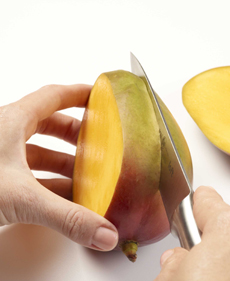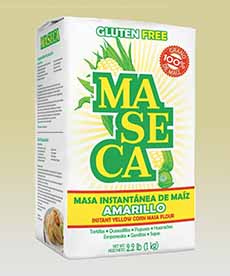|

[1] Beautiful chocolates for any occasion (all photos © Dallmann Fine Chocolates).
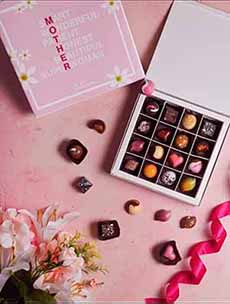
[2] Memorable chocolates for Mother’s Day in a choice of box designs. Mother’s Day box designs are also available for vegan chocolates.
 [3] The most delicious vegan gift.
[3] The most delicious vegan gift.

[4] Mozartkugeln, the classic Austrian bonbon created in Vienna in 1890 and given a modern update by Dallmann.
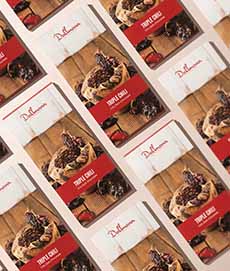
[5] Sweet and spicy Triple Chili chocolate bars.

[6] The Provence chocolate bar infuses fresh lavender and a hint of fleur de sel.
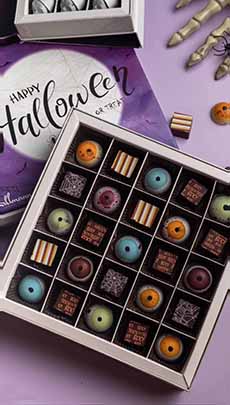
[7] When it’s time for trick-or-treat, we’re ordering these charmers.
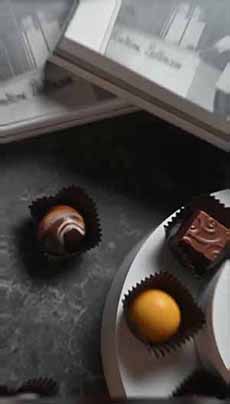
[8] You deserve a special treat.
|
|
It’s always a pleasure to discover an exciting producer of artisan foods. In the case of our Top Pick Of The Week, Dallmann Fine Chocolates of California, in the lovely town of San Marcos in San Diego County*.
A GREAT HERITAGE
Dallmann founder Isabella Knack is a third-generation confectioner. She grew up in a small town outside of Salzburg, Austria. Her family’s business was a pastry shop, begun in 1954 by her grandfather, Guenther Dallmann.
The shop was extremely popular among the locals. Guenther’s daughter Sylvia and her husband Franz continued his efforts, turning Dallmann’s into a world-renowned business.
One of her parents’ specialties was Mozartkugel, an irresistible nougat ball covered in chocolate, that was born in 1890 in Salzburg, the birthplace of Mozart. (Readers who enjoy name disputes and copyright law will enjoy the details here.)
There’s more about the MozartKugel below.
Sylvia and Franz’s daughter Isabella grew up in her family’s pastry shop, learning the trade. When she had the opportunity to move to San Diego, she “jumped on it with the vision of keeping the family traditions and business alive.”
She headed to the West Coast, bringing the family’s artisan version of Mozartkugel to America in 2006. And from there, an exquisite chocolate shop was born, opening in 2011.
Isabella follows her grandfather’s practice of using only the finest ingredients and craftsmanship while adding modern flavor and artistic touches to her beautiful chocolate bonbons and bars.
And she says that her children are already getting involved with chocolate making. Welcome the fourth generation of chocolatiers!
> The history of chocolate.
> Chocolate terminology: a glossary.
> The origin of chocolate truffles.
> “Chocolate” vs. “chocolates.”
> Truffles vs. pralines.
> Pralines vs. bonbons.
THE TRUFFLES
What makes a great piece of chocolate? To start with, the couverture. Dallmann uses the best Swiss brand, Felchlin, a brand not well-known among American consumers but highly regarded by artisan chocolatiers.
Then, the centers: caramels, fruits, ganache, nuts, and seasonings (herbs, spices, spirits). The best of everything—no skimping.
Finally, the artisan touches that make each piece of chocolate so alluring, like the beautiful hand-painting.
The truffles (i.e., individual pieces of chocolate—we call them bonbons) are the main event.
There are pre-set and custom boxes of chocolate. Pre-set boxes include Bella’s Favorites, Vegan Chocolates, Exotic Chocolates, Wine Pairing Chocolates, Sugar-Free Chocolates (the latter are all dark chocolate ganache).
If you have a passion for some flavors over others, you can build a box with whatever you like!
Most flavors are available year-round, some flavors are seasonal. Currently, the flavors include:
36% Milk Chocolate
60% Dark Chocolate
Bananas Foster
Blackberry
Caramel Latte
Cardamom
Coconut Curry
Croquantine
Fleur de Sel
Gianduja
Ginger
Hibiscus Raspberry
Lavender
Lemon and Thyme
Lemongrass and Mint
Matcha Tea
Marzipan
Peanutbutter Jam
Peanutbutter Toffee
Sea Salt Caramel (Milk Chocolate)
Spicy Passion
Strawberry Balsamic
Vegan Flavors
Almond Butter, Cocoa Nibs & Maple Syrup
Almonds, Toasted Quinoa & Orange
Cardamom & Rosewater
Peanut Butter, Dates & Coconut
Sea Salt Caramel
MOZARTKUGELN
If you like marzipan, you must! must! must! order Dallmann’s Mozartkugeln. They are the best!
The original recipe for Mozartkugel (meaning “Mozart ball,” plural -kugeln) starts with a ball of pistachio marzipan covered in a layer of nougat and coated in dark chocolate. It was wrapped in silver foil with an image of Mozart.
The originals were made by Paul Fürst, a Salzburg confectioner. They shot to popularity and were awarded a gold medal at a world trade fair in Paris in 1905.
Over time, copycat versions appeared, some with slight variations, some also claiming to be the “original.”
In 1996, the Austrian Supreme Court ruled that only Furst had the right to the name “original” Mozartkugel. If someone else makes a similar product, they may call it Mozartkugeln, but not “original.”
Americans may be most familiar with mass-produced versions like Victor Schmidt’s, which are often found in piled into containers next to the cash register at sweet shops, wrapped in four-color gold foil with Mozart’s image.
Dallmann’s Mozartkugeln is a ball of the most delectable pistachio marzipan under a layer of nougat made with pistachios, hazelnuts, and almonds and dipped in dark chocolate. The end result is so wonderful, we had to restrain ourselves from eating the whole box at once.
THE CHOCOLATE BARS
These wonderfully luxurious chocolate bars complete the “menu” at Dallmann:
Acai & Blueberry milk chocolate bar, milk chocolate, Acai, and Blueberry, either on its own or paired with a glass of wine.
Bacon & Applewood Smoked Salt dark chocolate bar.
Cardamom & Orange dark chocolate bar, a great combination of flavors.
Dark Chocolate bar, 60% dark chocolate with sea salt.
Goji Berry & Pink Himalayan Salt milk chocolate bar, combining antioxidant-rich goji with the purest salt on earth.
Milk Chocolate Crunchy chocolate bar, with chocolate wafers.
Provence chocolate bar, 65% Madagascar dark chocolate infused with fresh lavender and a hint of fleur de sel (the different types of salt).
Triple Chili chocolate bar, 72% Ecuadorian dark chocolate with ancho, guajillo, and jalapeño chiles for a spicy-sweet treat.
Valencia dark chocolate bar, an explosion of spices: star anise, cloves, and cinnamon.
White Chocolate Coconut Curry chocolate bar, a perfect blend of nutty coconut and sweet curry.
________________
*The shop is located in San Marcos, a suburb of San Diego bounded by Carlsbad, Encinitas, Escondido, and Vista. San Marcos has been cited as one of the best places to live in California, with good public schools, a university, and many restaurants, coffee shops, and parks. More about San Marcos.
|
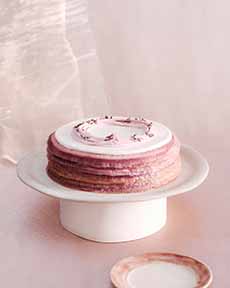 Lavender Mille Crepes Cake[/caption]
Lavender Mille Crepes Cake[/caption]


